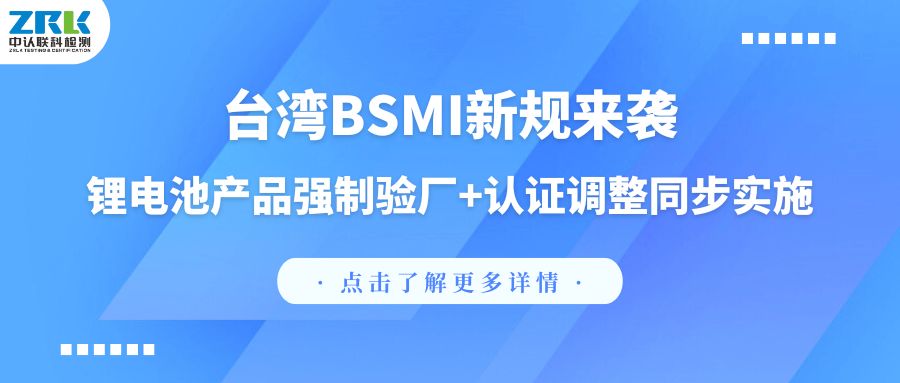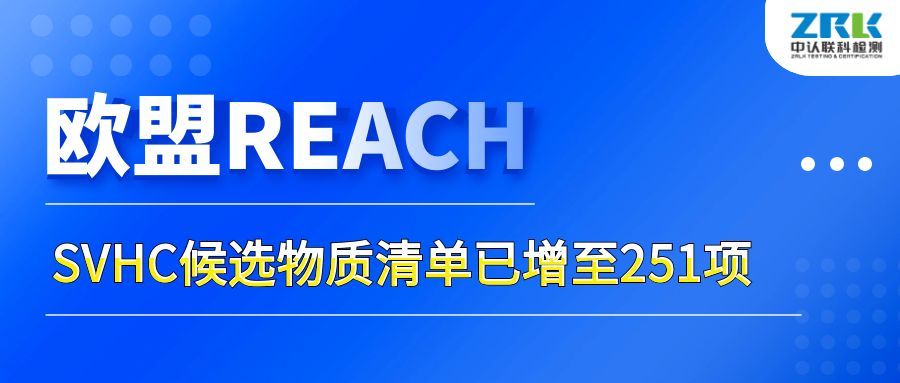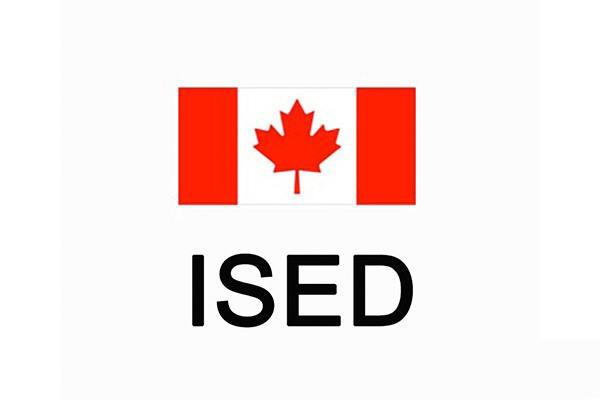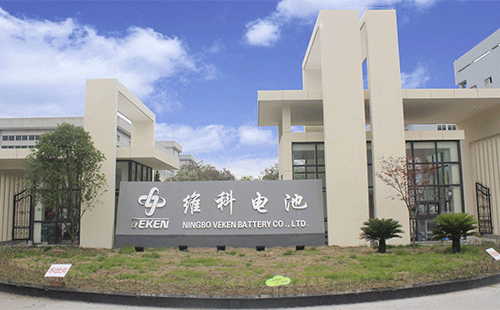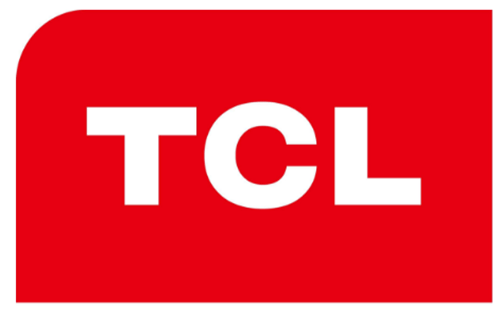On October 20, 2025, Innovation, Science and Economic Development Canada (ISED) released new regulations regarding the reduction of SAR assessment testing. Based on Section 5.1 of RSS-102.SAR.MEAS, the new regulations simplify the specific absorption rate (SAR) testing process for eligible products, significantly reducing compliance costs and shortening product launch cycles, bringing new compliance benefits to electronic device manufacturers. However, relevant companies still need to accurately grasp the policy boundaries to avoid compliance risks.
SAR Testing Exemption Conditions: Three Core Requirements Must Be Met Simultaneously
1. Basic Testing Compliance: The device has completed and passed the 1g body SAR test at distances of 5mm and below.
2. Strict Frequency and Parameter Compliance:
- The device's operating frequency must be below 6GHz; high-frequency devices are not included in this exemption scope.
- The power levels and tuning tolerances of the device in the "body" scenario and the "extremity/limb" scenario must be completely consistent.
3. Complete Technical Documentation: The device's "RF Exposure Technology Summary" should include a description of how to meet all the above requirements.
New Regulations Exempt Test Content:
Devices meeting the above exemption conditions are exempt from the 10g limb/limb SAR test at a distance of 0mm.
Important Reminder: Two Scenarios are Not Eligible for Exemption and Require Full-Process Testing
While simplifying the process, the new regulations maintain strict control over scenarios with high user safety risks, clarifying that two situations are not eligible for any SAR test exemptions and must be tested according to the complete standard:
1. Head-Near Call Scenarios
• Scope of Application: For scenarios involving "hand exposure during handheld device calls" (i.e., the hand holding the device during a call may indirectly contact the area around the head);
• Test Requirements: A full set of SAR tests must be completed strictly according to the RSS-102.SAR.MEAS 5.10 standard. Exemptions are not allowed. This measure aims to prioritize the safety of the user's head and surrounding sensitive areas.
2. High-Frequency Equipment Above 6GHz
• Testing Requirements: This type of equipment must comply with the "Absorbed Power Density (APD) Limit" requirements and is not eligible for the current SAR testing exemption policy. It still needs to complete all testing procedures according to the original ISED high-frequency equipment testing specifications.
Compliance Recommendations for Enterprises
1. Comprehensive Assessment of Product Attributes: Based on the usage scenario, operating frequency band, and power parameters of your own products, compare them one by one with the new regulations to determine whether you meet the exemption conditions.
2. Detailed Verification of Technical Documents: Ensure that the content included in the "RF Exposure Technology Summary" is complete and accurately described, fully supporting your compliance claims.
3. Professional Support When Necessary: If you have doubts about policy details or find it difficult to determine the product's applicable boundaries, you can seek assistance from professional testing and certification bodies to verify each item against the standard clauses to ensure no omissions in compliance.
Friendly Reminder
The release of these new ISED regulations reduces compliance costs and shortens the product launch cycle for eligible low-frequency equipment companies, providing convenience for compliant product launches. However, misjudging the scope of application could delay product launches. Therefore, ZRLK Testing advises companies to carefully review and accurately understand the exemption conditions before applying the new regulations, clarifying whether their products are included in the exemption clauses to ensure comprehensive compliance. Our company has a professional technical team and extensive product testing experience, which can help companies compliantly enter their target markets. If you have any needs, please feel free to contact us; our engineers will serve you as soon as possible!


